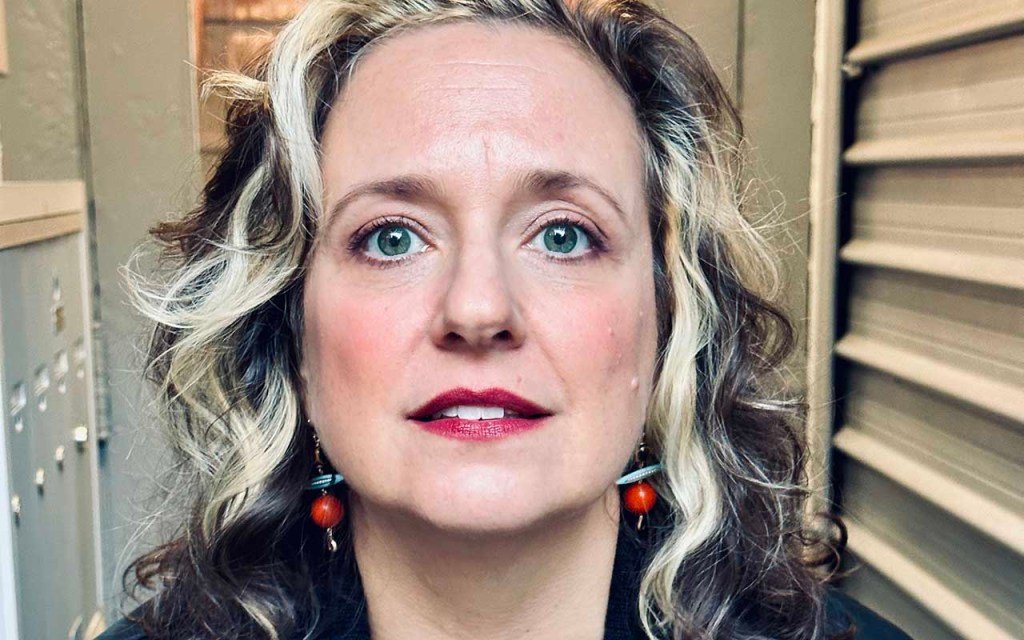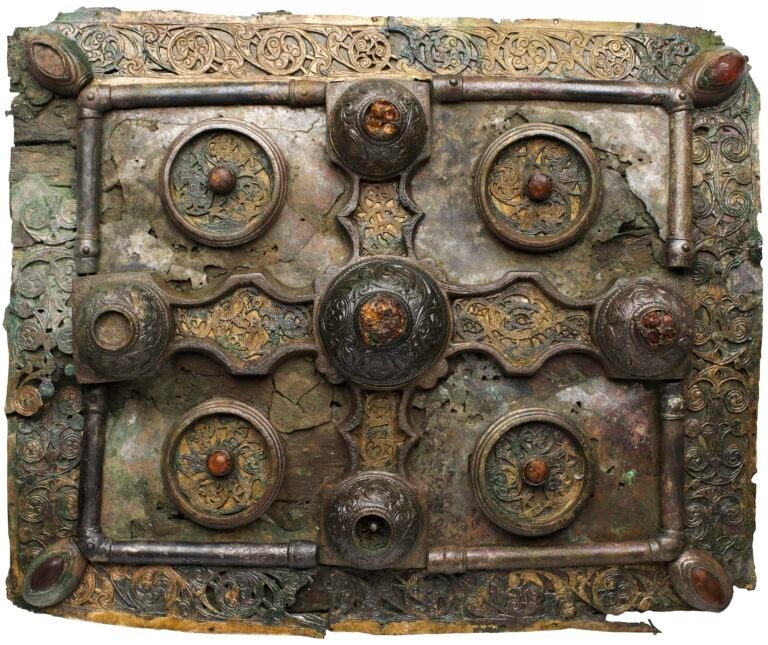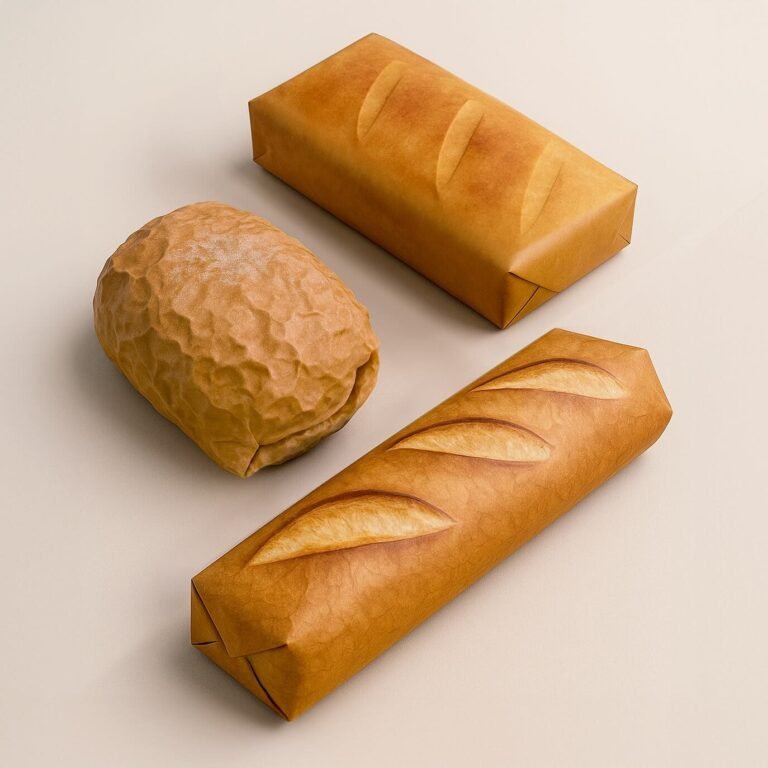

I don’t tell this story often, and have never told it in such detail publicly before. However, given our current moment of crisis in the United States, only a few months into the second Trump administration, it seems an important story to tell. It is a set of experiences that were horrible to live through, and yet, I would not be the person I am today had they not happened. Ultimately, the story is about power, leverage, and fear, and also about the potential for solidarity and love.
When Donald Trump was elected President of the United States in November 2016, I had been the director of New York’s Queens Museum for less than a year. Even in those early months, it was clear that the rhetoric and policies he, his campaign, and administration were promoting presented material threats not only to the populations who interacted with the museum most regularly, but also to many members of the team at the museum. As we gathered the morning after the election at our regular 9am staff meeting, many of us with tears in our eyes, we recognized the realities that we would confront in short order, and that would presage our current crisis in 2025.
What would unfold over the early years of the first Trump administration was not an abstraction or a conceptual conundrum, but rather a set of conditions that were being felt and experienced in life. Families in the neighborhoods surrounding the museum stayed at home for fear of being in the “wrong place at the wrong time” during an Immigration and Customs Enforcement (ICE) raid; parents stopped sending children to school and only left one at a time to go to work, or to buy groceries. Fears were being sown over social media. Being situated in a large, city-owned building in a public park with a history of partnering deeply with neighborhood and advocacy organizations, we at the Queens Museum wanted to support our partners and neighbors. And we did, in a bevy of ways: lending space, equipment, human resources, hosting events, leveraging support of elected officials, etc.

Given that Queens is the borough where most immigrants arrive and stay in New York City, immigrant rights were a primary concern. However, another set of politics entered our operations in the early summer of 2017, which ultimately led to my resignation from the Museum in 2018. It was not how I would have preferred my tenure to end, but given today’s urgencies and threats to democracy, I hope the details of the story are useful.
In June of 2017, the Israeli Mission to the United Nations contacted the Queens Museum to rent the galleries for an event that would take place in November 2017. The event would celebrate the day the UN took a key vote in 1947 that paved the way for the establishment of the State of Israel. You might ask, why would the Queens Museum be the ideal place for such a convening? The history is interesting: the New York City-owned building was commissioned by Robert Moses as part of the 1939 World’s Fair complex, but it was also used as an early meeting place of the United Nations while its modernist complex in Manhattan was being constructed. From 1946-1950, many important meetings and votes took place at the UN in the building that decades later became, and today continues to be, the Queens Museum’s home.
The Israeli Mission to the UN proposed to rent the Queens Museum, like individuals and businesses did for weddings or receptions, helping us meet our annual budget goals, but in this case, the proposed keynote speaker would be Vice President Mike Pence. Given that I could rarely confirm a New York City Councilmember for an appearance at the Museum more than a week in advance of most events, I thought it unusual, to say the least, that the vice president of the United States had confirmed his involvement over six months before the event was scheduled. It seemed to me that far more than the marking of a historic vote was being planned between the Trump and Netanyahu administrations. I thought the Museum should not be involved in whatever that might be.
While the board of trustees at the Museum typically did not get involved in operational decisions such as to whom we might rent space, given the players involved, I felt it was important to bring the Executive Committee into the loop. The security concerns for the event itself and the days leading up to it were enormous, which meant interruptions to operations, never mind the hostility the team and neighborhood felt from the Trump administration’s policies, and the serious trepidation I had for allowing such an event to move forward. The committee of the board met several times over the course of the summer, ultimately determining that the event should not proceed. However, rather than the board chair speaking directly with the Israeli Ambassador to the UN as typical protocols might demand, they insisted that I speak with him. After several back-and-forths, and much to my dismay, they did not relent, and I found myself phoning the Ambassador to let him know of the board’s decision.
I will never forget that conversation. He told me he knew who I was and threatened me. Two days later, a stream of hate was unleashed against me as the Jerusalem Post published an article stating that I was “anti-Israel.” The article cited a book I had co-edited titled Assuming Boycott: Resistance, Agency, and Cultural Production (VLC/OR Books), which addressed cultural boycott as a tactic and strategy, including a chapter on the Boycott, Divestment and Sanctions (BDS) campaign by Palestinian civil society against the state of Israel. A few articles in New York media followed, including a call from a city council member and a state assembly member for my removal, and a similarly themed commentary in the New York Post. My social media accounts were overwhelmed by threats and direct messages; some threatening to follow my child to school, others wishing death on my family. It was unrelenting.
In the midst of this, the co-editors of the Assuming Boycott book circulated an open letter calling for support of my position, which was modestly signed and quoted in a Hyperallergic article on the subject. I knew there was an enormous amount of self-censorship and fear in the air, preventing colleagues and friends from coming out to support me or in any way comment on the situation for fear of being targeted themselves. It was deeply unsettling to see how many powerful voices would not speak up.
My husband, the grandchild of Auschwitz survivors, encouraged me to publicly tell people about my own Catholic grandmother, who helped Jews and partisans escape German occupied northeastern Italy by feigning to be lovers heading into the borderland woods. It felt insane to me to use our family histories to somehow prove that I was not an antisemite, especially to people who had known me for decades.
This is part of a longer story that has informed my life and politics. When I was assigned to ask a grandparent about their life in sixth grade, my grandmother, Nonna, told me the following: She and her friend Maricci signed on to help people over the border, at least in part, to provide some extra food to their families. My father was a young boy, and one night he fell ill when Nonna was meant to wander into the woods with her assigned companion. Maricci went instead. That night, they were caught by the Nazis and Maricci was sent to Auschwitz. Being tall and blond and not Jewish, she was assigned to the kitchens and survived the war, eventually reuniting with Nonna and coming to New York. I knew her as part of my extended family. An aunt who was not technically related to us but perhaps closer than a relative. She had an elegant white bob, and always dressed in long sleeves, even in summer, to hide her tattoo from the camp. She did show it to me once. She became a couture seamstress for Carolina Herrera.
Back to 2017. In the wake of the “bad press” following the Jerusalem Post article, the board reversed course. The board chair called the ambassador and offered to host the event at the museum.

After extensive planning over subsequent months, the Israeli Mission held its event at the Museum in late November 2017. I attended the event and watched then-Vice President Pence deliver a 45-minute policy speech that announced to the 800 in attendance that the US would be moving the US Embassy in Israel from Tel Aviv to Jerusalem. A few days later, the President announced this major US policy shift to the rest of the world, provoking widespread international condemnation and protest, including significant objections from the UN and US allies alike. The purpose of this event became abundantly clear.
Subsequently, I tried to return to my regular duties of being the director of the Queens Museum. However, it was obvious to me that a small handful of trustees were unhappy with my recommendations earlier that summer. It seemed that because I was not in favor of hosting this rental of the museum, they assumed that, at worst, I might be an antisemite, and at minimum, my resistance to this Trump administration effort might put them in a spotlight in which they did not want to stand. Frankly, the job of running a newly expanded and renovated museum, delivering high-quality and community-connected programs, not to mention managing a team increasingly destabilized by national politics, was hard enough without feeling that I was under a microscope, and worse, doubted at every turn. I soon came to the awful conclusion that I could not continue, and resigned.
I recently read a piece in the Washington Post about the current spate of intimidations and persecutions of judges. A quote at the end of the piece was particularly poignant to me: “There is a kind of performative sheen or a performative element that is not about just the fact of quashing opposition wherever it might be found … but also demonstrating the facts of that quashing through the overt and open humiliation … of the persons involved.” It is exactly this type of humiliation that was visited upon me — these ranged from the obvious moves in the media by a variety of actors, and the fact that I was never again allowed back into my office and all of my personal artist research files, accumulated over years, were “recycled,” to the Board’s months-long “investigation” into the decision to initially deny the event (which only focused on me and my colleagues rather than on the board that made the decision). The results of the “investigation” were revealed weeks after I resigned; word salad attempts to undermine my reputation with veiled accusations of malfeasance. It was absurd, yet I felt tainted, and that was the point. And as these tactics are being far more radically and broadly implemented today, we have to learn to recognize them for what they are and meet them with resistance and courage.
Looking back, I see myself as a proverbial canary in a coal mine. And since 2018, this coal mine has become a destabilized, toxic nest that today must be navigated with bravery, care, and diligence. In this second Trump administration, the stakes are higher than ever, and the vulnerable are that much more at risk. We must form solidarities in spite of the risks they present to us personally. Silence is complicity, and pre-compliance is not an option. While we must be strategic and tactical in our ways of speaking out and our alliances, make no mistake that our bravery in the face of autocracy and oligarchy will determine the relative freedom of our collective futures.
This essay is adapted from a talk the author gave at the College Art Association’s 2025 Conference as part of a panel titled “Decolonial Jewish Practice in Art and Visual Culture after Gaza,” co-chaired by Nicholas Mizroeff and Jill Casid. Another version of this story, and its connections to larger conditions in art and culture, appears in Raicovich, Laura. 2021. Culture Strike: Art and Museums in an Age of Protest. London: Verso.






